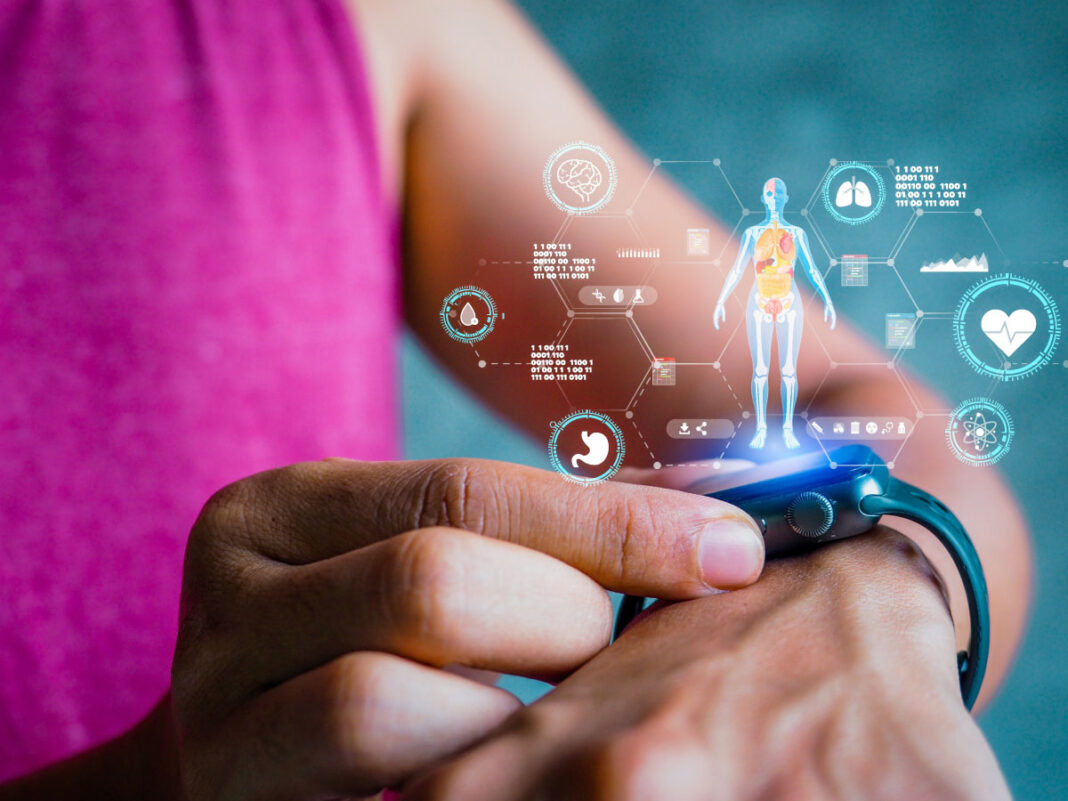In recent years, wearable technology has seamlessly integrated into our daily lives, transitioning from simple gadgets to essential wellness companions. Devices like smartwatches and fitness trackers are no longer just about counting steps; they’re about empowering individuals to take proactive control of their health.
The Evolution of Wearable Technology
Originally designed to monitor basic physical activities, wearables have evolved significantly. Modern devices now offer a suite of health monitoring features, including heart rate variability, sleep quality analysis, stress detection, and even early disease detection.
From Fitness Trackers to Health Monitors
Brands like Apple, Fitbit, and Samsung have pioneered this shift. The Apple Watch, for instance, includes ECG functionality capable of detecting irregular heart rhythms, potentially alerting users to conditions like atrial fibrillation. Similarly, Fitbit’s latest models offer insights into sleep patterns and stress management, providing users with a holistic view of their wellbeing.
Smart Clothing and Beyond
The future of wearables isn’t limited to wristbands. Innovations in smart fabrics and unobtrusive sensors are leading to clothing that can monitor muscle activity, posture, and even hydration levels. Imagine a shirt that not only tracks your workout intensity but also provides feedback on form and technique.
Personalization Through Data
One of the most significant advantages of wearable devices is their ability to collect real-time data. This continuous monitoring allows for personalized health insights that can transform preventive healthcare.
Empowering Preventive Healthcare
By tracking health metrics 24/7, wearables enable early detection of potential health issues. For example, consistent monitoring can identify abnormal heart rates or sleep disturbances, prompting users to seek medical advice before minor issues escalate. This proactive approach reduces health-related productivity losses by up to 56%.
Wearables in the Workplace
Employers are recognizing the benefits of wearables in promoting employee health and productivity. By incorporating wearable tech into wellness programs, companies can develop a more engaged and healthier workforce.
Enhancing Safety and Productivity
In industrial settings, wearables can enhance safety by detecting hazardous environments and predicting accidents. Exoskeletons and smart helmets are examples of wearables that protect workers and improve efficiency.
Encouraging Healthy Habits
Workplace wellness programs utilizing wearables can encourage employees to adopt healthier lifestyles. Features like step challenges and activity reminders promote physical activity, while stress management tools support mental health.
The Integration of AI and Predictive Analytics
Artificial intelligence is playing a crucial role in elevating wearables from simple tracking devices to intelligent health assistants. AI algorithms can predict health issues before they occur, offering unprecedented levels of personalized care.
Predictive Health Insights
By analyzing patterns in the collected data, AI can forecast potential health events like heart attacks or diabetic episodes. These predictive capabilities allow users to take preventative measures, significantly improving health outcomes.
Personalized Recommendations
Wearables equipped with AI provide tailored recommendations based on individual health data. For instance, suggestions for dietary changes, exercise routines, or stress reduction techniques can be offered, enhancing the user’s overall wellness journey.
Challenges and Considerations
Despite the promising advancements, there are challenges to be addressed. Privacy concerns are paramount, as wearables collect sensitive personal data.
Data Security and Privacy
Users need to be cautious about the permissions they grant and understand how their data is used. Companies are working to ensure robust encryption and compliance with privacy regulations, but users must remain vigilant.
Accessibility and Affordability
While wearable technology offers numerous benefits, cost remains a barrier for some. The industry is striving to develop affordable solutions without compromising quality, aiming to make wellness accessible to all.
The Future of Wearable Wellness
The trajectory of wearable technology points toward greater integration into our daily lives. Future devices will likely be more discreet, more powerful, and more personalized.
Seamless Integration
Advancements in materials science and sensor technology will lead to wearables that are virtually invisible. From smart rings to contact lenses, the possibilities are vast.
Holistic Health Management
The convergence of AI, big data, and wearable tech will result in holistic health management platforms. These systems will not only monitor physical health but also integrate mental and emotional well-being, providing a comprehensive approach to wellness.
Conclusion
Wearable technology is quietly revolutionizing the way we approach health and wellness. By seamlessly integrating into our lives, these devices empower us to take control of our health, prevent diseases, and lead healthier, more fulfilling lives. As the technology continues to advance, wearables will become indispensable partners in our wellness journeys.
